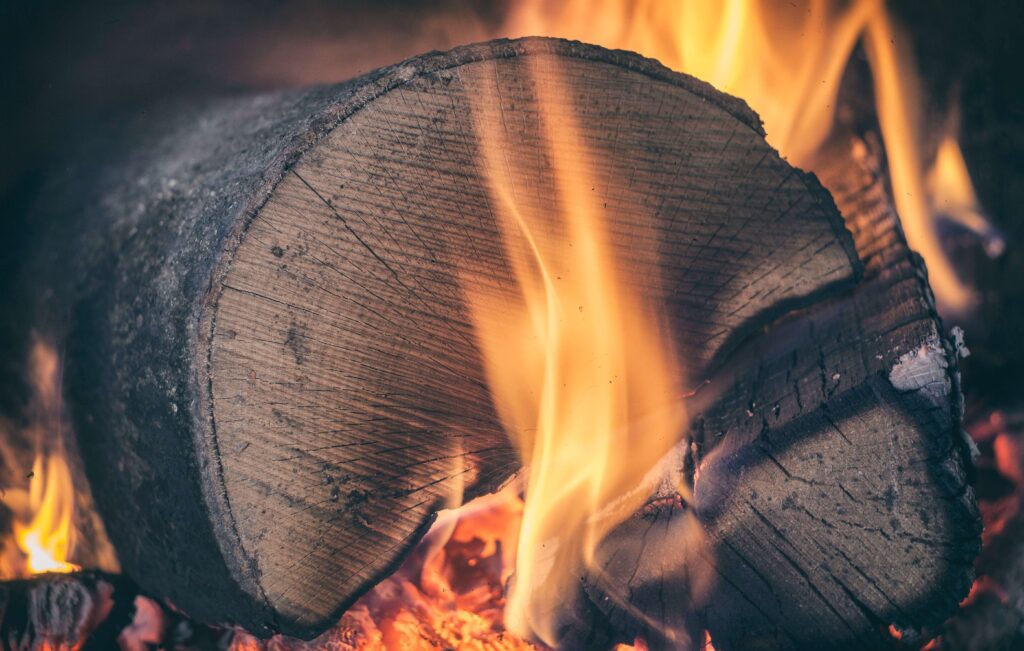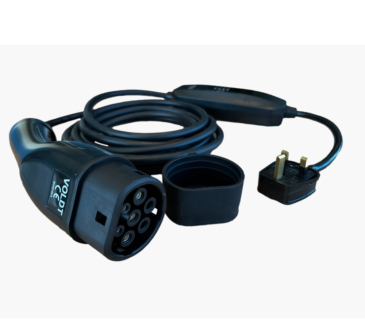What to do if one radiator is not working

Radiator is cold
No one likes when the radiator does not heat and the room is cold. During the heating season, many of you often encounter various problems related to heating your home. The most common of them are:
- The radiator does not heat
- The heater is halfway hot
- Cold radiator downstairs
- The last radiator does not heat
- There is no hot water to the radiator
- The radiator does not heat and is not air clogged
- Air in the radiator
- One radiator is not heating
- Water is leaking from the radiator
- Bottom part of a heater does not heat (cold radiators downstairs)
One of the main reasons why the radiator does not heat and is not air clogged is the lack of flow in the heating system. The reason may be: failure of the circulation pump, closed valves, inoperative thermostatic head or deposits.
Radiator not working in one room
A very common problem is when the radiator in the upper part is warmer than in the lower one. How big is the temperature difference? If the upper part of the radiator is warmer by 10 – 15 ° C than the lower part – this is normal. The heater works properly, as intended by the manufacturer. On the other hand, if the radiator at the top is hot and the radiator at the bottom is completely cold, there is probably a problem.
Probable reason might be too slow water flow in the central heating system. It might be also that there is no full water flow. This may happen for example, if we removed the radiators for some reason (renovation, replacement of the radiator) and did not fully open these valves. In that case you have to unscrew them all the way.
One radiator not working properly – cold radiator
Another reason why radiator is cold might be stained dirt in the lower part of the radiator. We can encounter such a situation when the installation is several years old. Then dirt could accumulate in the lower part of the radiator, which restricts the flow of water. The radiator should then be rinsed. We do this by: first we close the valves. We drain the water from the radiator. We dismantle the radiator and flush it under pressure.
Not adjusted installation after assembly
Another reason for one radiator not working can be related to changed installation. With a new installation, attention should be paid to the distance of individual radiators from the heat source. You should balance the flows in the radiators so that the heat reaches each of them evenly. This also applies to the pre-setting of individual radiators. This problem is more common with radiators connected in parallel, not from a manifold. The heating circuit pump is the easiest way to pump the heating water through the nearest radiators. You can avoid this by gradually reducing the setting from the furthest radiator, e.g. setting 8, to the closest radiator, e.g. setting 4/3.
Thermostatic radiator valve
Another reason for radiator cold may be defective or wrong fitting of thermostatic head. A rare failure that is very easy to verify. First of all, check that the thermostatic head is not closed. Set to (*) it works in the anti-freeze mode and it is used only for this purpose. The correct setting for heating is to set it in the range from 1 to 5/6, depending on the manufacturer.
Each digit corresponds to a different temperature and you can check this in the user manual. If that doesn’t help, you need to remove the head and wait until the heater starts to heat up. When the radiator starts to get warm, it means a mismatched head or its damage. Time to replace the thermostatic head.

Air in radiator or heating system
Another reason why the radiator may not heat or heat halfway is air. Air pockets most often occur during modernization works carried out on the existing installation. There is some air in each. When filling the installation, it is impossible to completely get rid of it.
Radiator cold
If one radiator is not heating, start by turning off the radiators that are heating. You will then force the water to circulate through the radiator or radiators that are not heating. If this does not help, the flow through the radiator is blocked. You need to manage the flow. Start by disassembling the radiator and flushing it. If there are no deposits in the radiator, it may be a more serious problem and you will need a specialist.
Clogged needle in the thermostatic valve
The needle is a short stem (wire) protruding from the valve. If it protrudes too short, try to push it in and out alternately several times. This should help restart the valve. In order to avoid such stagnation of the valve, it is worth unscrewing the head to full flow 5-6 after the heating season (depending on the manufacturer).
How to vent the radiator?
Before you try to bleed the radiator, you should get a radiator key. First of all you should allow the water to the maximum recommended system pressure before starting air bleeding and monitor this also after each radiator that has been bled. If there is heat to the radiator and the radiator heats, but not all of it, it is better to close the thermostatic head and then use the key to vent the radiator. And when no heat reaches the radiator at all, it means that either the flow is blocked or air is stuck somewhere in the pipes supplying water to the radiator. In this case, it is worth venting the radiator alternately. Close the supply valve once and the return valve once. This will push out the residual air in each of the pipes.
How to protect the installation against re-aeration?
In modern installations, it is not only important to vent, but also to get rid of as much dirt as possible. A suitable device for this is a dirt separator. The separator protects not only the installation against air pockets, but also the circulation pump against ferromagnetic impurities. Recommended by manufacturers of gas boilers, electric boilers and heat pumps.





